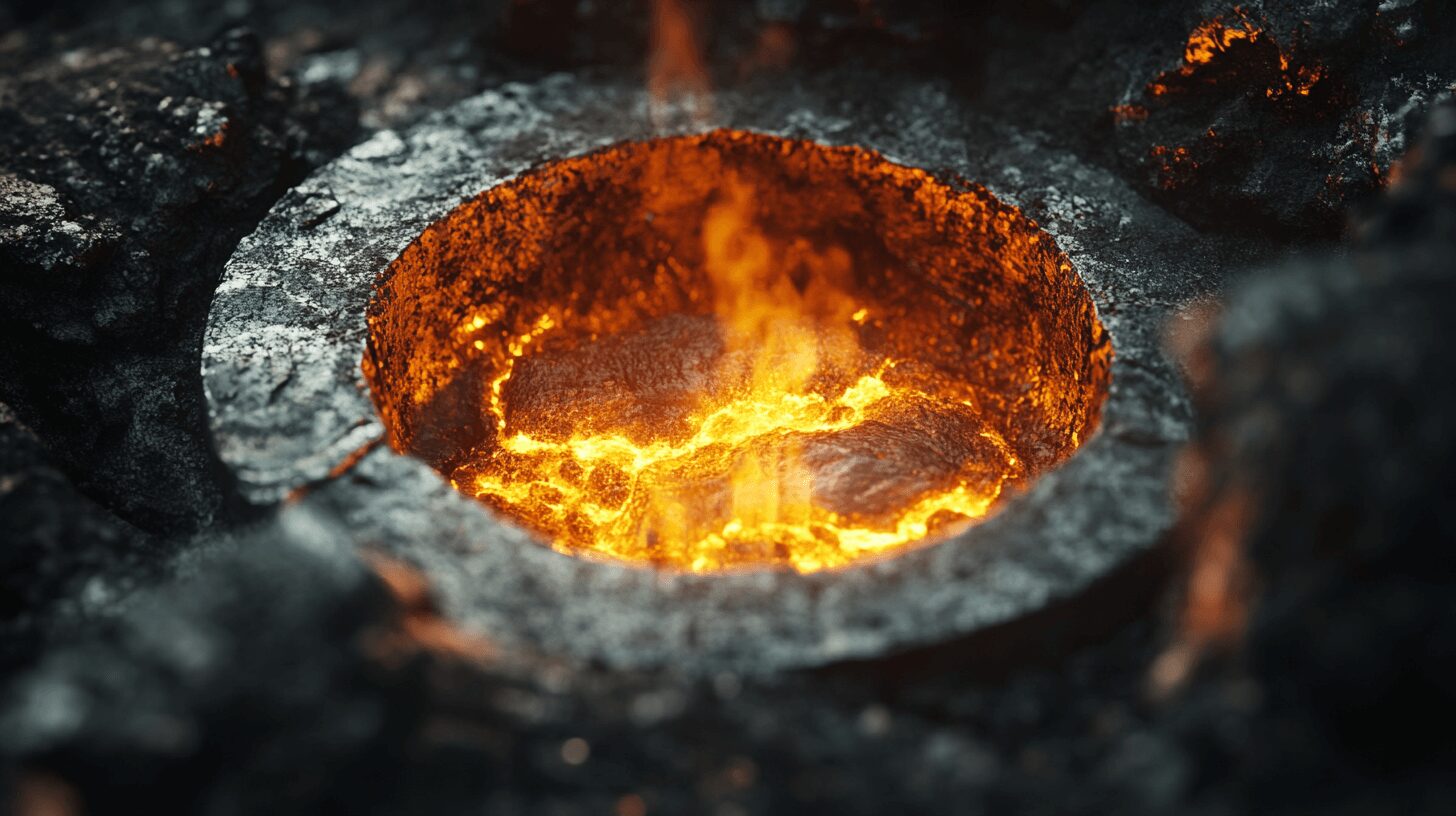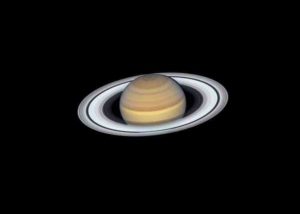
What Is Stoichiometry?
November 7, 2019 - Emily Newton
Revolutionized is reader-supported. When you buy through links on our site, we may earn an affiliate commission. Learn more here.
What is stoichiometry? It sounds like an intimidating science subject. However, it’s a simple concept that’s critically important to chemistry. Stoichiometry looks at the relationship between reactants and products in chemical reactions. Quantitatively, it’s the relation between the number of moles — and therefore, mass.
Reactions must be balanced. It must have the same number of atoms in the products as in the reactants. If the reaction is not balanced, you can’t derive any information about the relationship. Stoichiometry can help you determine how much of a reactant you need to create an end product. It can also help you figure out how much you started with.
What Is a Chemical Reaction?
In simple terms, a chemical reaction occurs when one set of chemicals transforms into another. The bonds between atoms change, able to break and rearrange to form new ones. The result features entirely different properties. Think of it like making brownies.
You start with everyday ingredients like flour, cocoa, and eggs. However, when you combine them, they change to form a new substance — a delicious treat. What is stoichiometry, and how does it relate to chemical reactions? To become an expert, you’ll need to understand a few key concepts, including:
- Balancing chemical equations
- Finding and calculating molar mass
- Calculating mole ratios
What Is a Balanced Equation?
To understand how much of a reactant you need in stoichiometry, you need to balance the chemical equation. According to the Law of Conservation of Mass, discovered by Antoine Lavoisier in 1789, atoms are not destroyed or created during a reaction. Because of this, a balanced equation must have the same number of atoms on both the right and left sides. For example, a balance equation might look like this:
2H2 + O2 = 2H2O
You will see an equal number of hydrogen and oxygen atoms on each side of the equation.
How to Balance Equations
The first step in any stoichiometry problem is balancing the equation. But how can you accomplish this task, especially if your chemical equations are incredibly unbalanced or complex? Look at this formula that explains how iron oxidizes when it comes into contact with oxygen:
Fe + O2→Fe2O3
See how it’s unbalanced? Combining a single iron (FE) atom with two oxygen atoms — because elemental oxygen is very clingy and is almost never found alone in nature — somehow results in two atoms of iron and three of oxygen. You can’t move on to the next step until you’ve got the same number of molecules on both sides of the equation.
That’s where coefficients come in. Placing numbered coefficients before each molecule allows you to multiply the number of total molecules on each side of the equation, eventually finding balance. For the equation above, balancing it might look like this:
4Fe +3O2→2Fe2O3
Now, if you add up your atoms on both sides of the equation, you have four iron atoms and six oxygen ones, which gives you a balanced equation. Now that you’ve completed the first step in your stoichiometry calculations, you can move on to the next step.
How to Calculate Molar Mass
Once the equation is balanced, you can move on to the next step, which is converting the mass values of the reactants into moles. What is a mole? In chemistry, it’s not a small rodent. Instead, it’s a unit used to measure the amount of a substance.
A mole allows chemists to measure out equal amounts of elements. To calculate the molar mass of a reactant, you must add all of the atomic masses in the molecule.
For example, say you want to calculate the molar mass of H2O. You would need to find the atomic mass of a hydrogen atom. Using the periodic table, one atom of hydrogen is 1.008. Two atoms of hydrogen have a mass of double that amount: 2.016. Now it’s time to look at oxygen, which has an atomic mass of 15.999. Together, 15.999 + 2.016 = 18.015. Therefore, the molar mass of water is 18.015 grams per mole.
How to Convert Between Gas Volume and Moles
Converting your moles to grams is an essential part of stoichiometry calculations. But what do you do when the elements you’re working with exist in a gaseous state? It might sound like stoichiometry problems, but we have a solution — the Ideal Gas Law.
The Ideal Gas Law uses the following formula…
PV= nRT
…to calculate the macroscopic properties of an ideal gas. In this setting, the phrase “ideal gas” refers to a gas that:
- Does not attract or repel the atoms around it.
- Takes up no space or has no volume.
Now we know that gasses have volume, take up space, and — other than the noble gasses — tend to attract or repel each other. But for ease of stoichiometry calculations, we can assume our materials are ideal.
In the above formula, n represents the number of moles. Rearranging the formula to solve for n gives us this:
n =
P represents the current atmospheric pressure. V stands for the volume (measured in liters). T is the temperature (measured in Kelvin) and R is the gas constant. Under most circumstances, you’ll be making these calculations using standard temperatures and pressures. A standard atmospheric pressure is 1 atmosphere and a standard temperature is 273 Kelvin. If you already have the gas constant handy, you only need one variable — V, your gas volume — to convert your gas to moles to complete the calculations.
How to Calculate Mole Ratios
The next step to solve an equation is to calculate mole ratios. This number is the ratio between the moles in each reactant in a chemical reaction. Again, consider the equation: 2H2 + O2 = 2H2O. In this example, the mole ratio is 1:2. For every two moles of H2, there is one mole of O2.
Let’s imagine we’re trying to determine how much H2 we need to create a product. We know we have 25 grams of O2. To determine the answer, we can use stoichiometry. First, we must convert the grams to moles as we did earlier, by calculating molar mass.
You will find 15.999 grams per mole of oxygen. Therefore, O2 has a molar mass of 31.998 grams. In this example, we only have 25 grams of O2, making it necessary to divide 25 by 31.998, which equals .7813 moles. Remember, for every mole of O2, there are two moles of H2.
Take the previous number — .7813 moles — and multiply it by 2, which is 1.57 moles. We know the molar mass of 2H2 is 4.032. To find out how many grams we need, take the 1.57 moles and multiply it by 4.032. As a result, we need 6.29 grams of H2.
Why Is Stoichiometry Important?
What is stoichiometry? Now you know! But how does it apply to real life?
This science is useful across a variety of fields. You can even use it in the kitchen while cooking. Say you’re almost out of a particular ingredient. You can use stoichiometry to determine how much of every other food you’ll need. Next time you want to make brownies and don’t have enough milk, don’t despair. Instead, use this concept to create a tasty treat.
A farmer can use stoichiometry to determine how much fertilizer to use. A traveler can figure out how fast they need to go to get somewhere by a specific deadline. You can also use it to make conversions between systems, such as Celsius and Fahrenheit.
Now that you understand the basics of stoichiometry, you can delve into more profound concepts!
Revolutionized is reader-supported. When you buy through links on our site, we may earn an affiliate commission. Learn more here.
Author
Emily Newton
Emily Newton is a technology and industrial journalist and the Editor in Chief of Revolutionized. She manages the sites publishing schedule, SEO optimization and content strategy. Emily enjoys writing and researching articles about how technology is changing every industry. When she isn't working, Emily enjoys playing video games or curling up with a good book.






